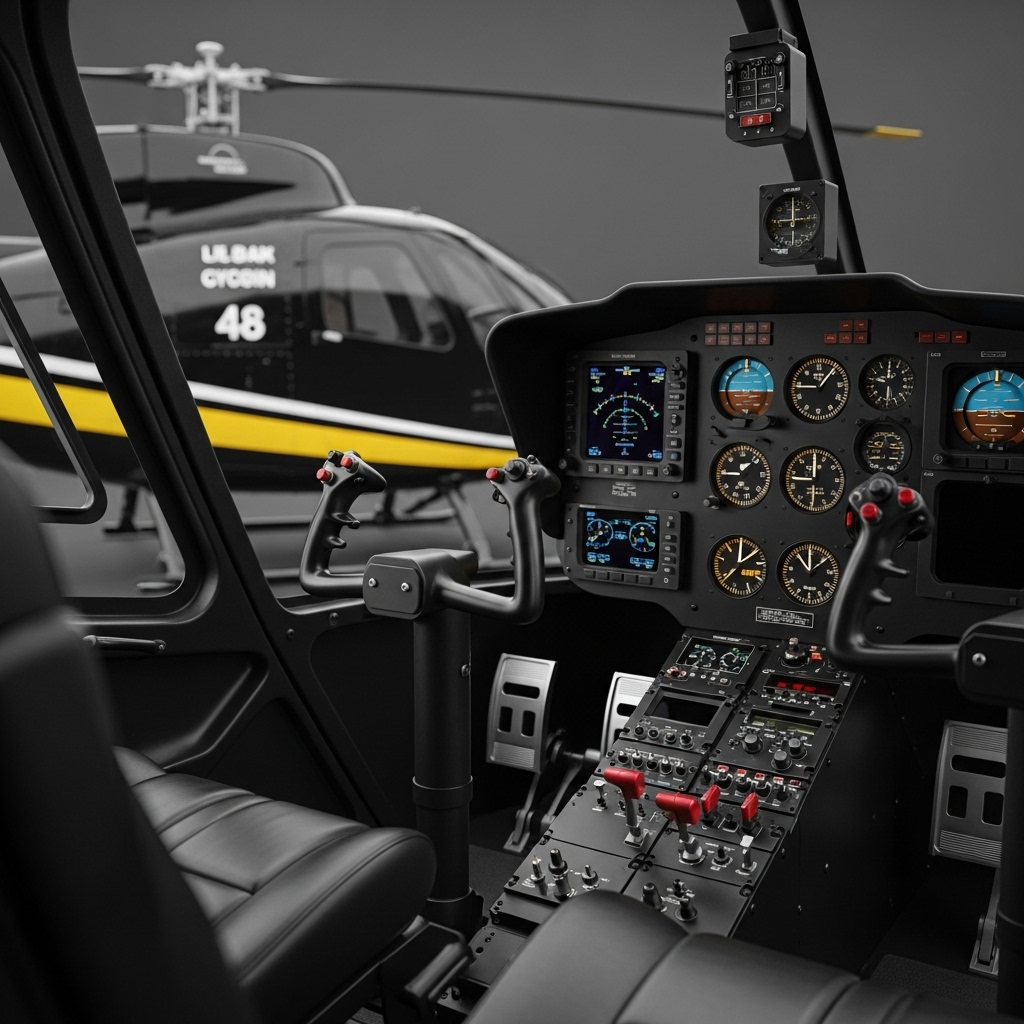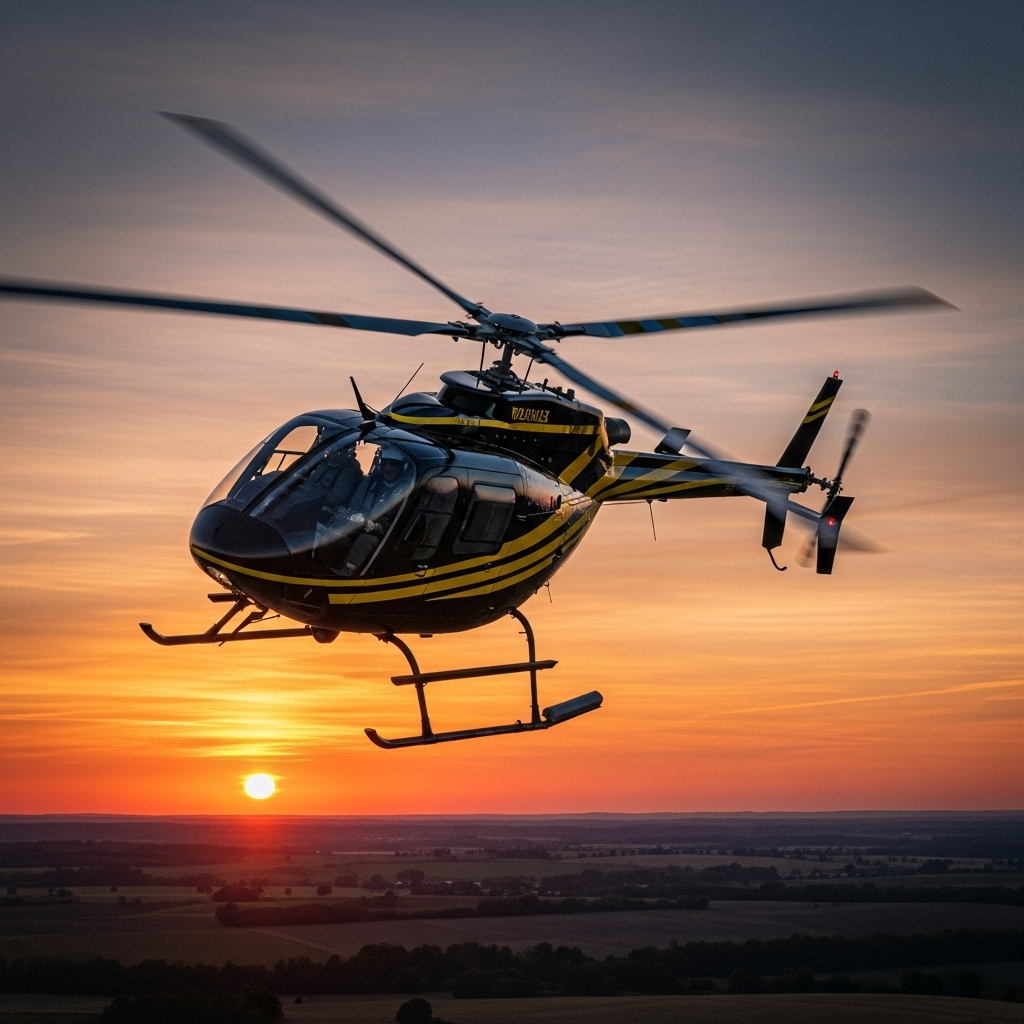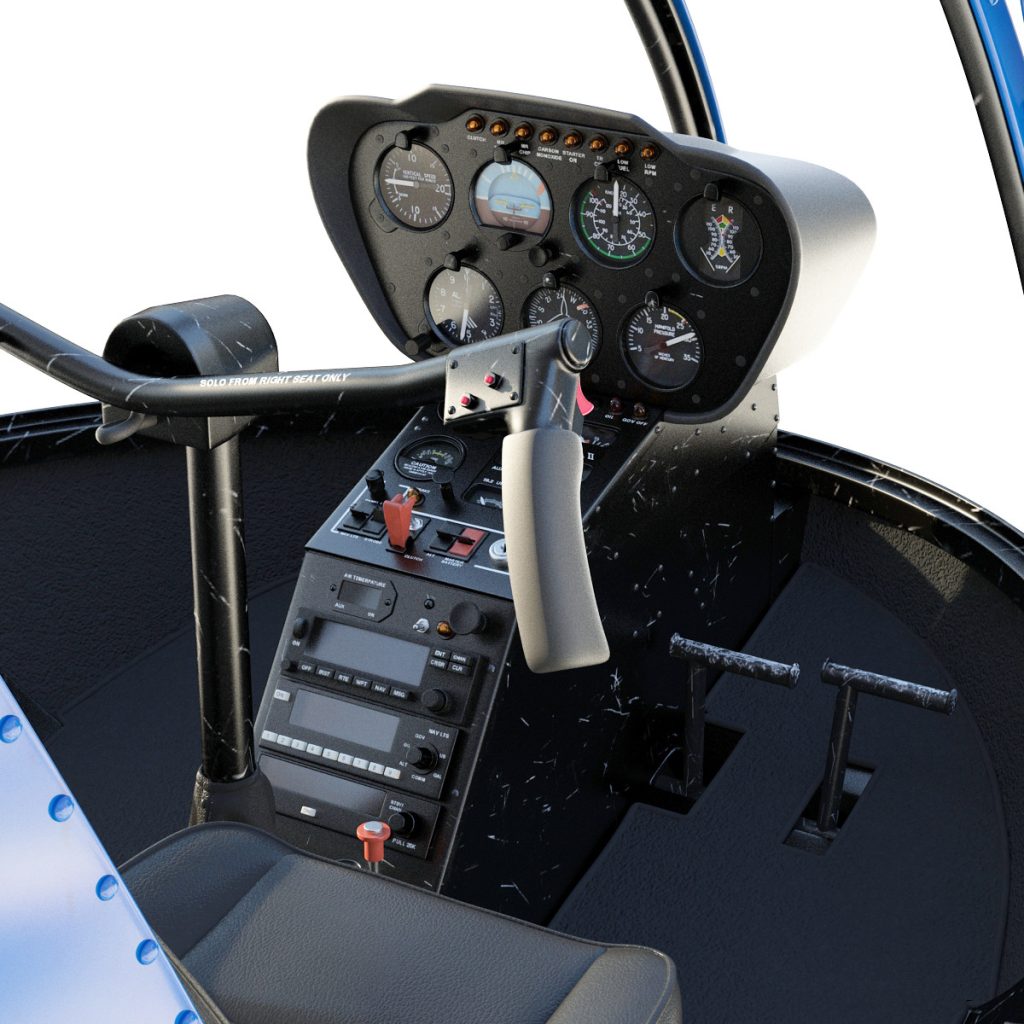Helicopters are complex aircraft that rely on a sophisticated system of controls to enable precise maneuvering and safe operation. Unlike fixed-wing aircraft, helicopters utilize a combination of three primary control inputs—collective pitch, cyclic pitch, and anti-torque pedals—to manage lift, direction, and counteract rotational forces. Understanding these controls is essential for pilots and enthusiasts alike, as each plays a vital role in the overall handling and stability of a helicopter during flight.
Overview of Helicopter Control Systems and Their Functions
A helicopter’s control system is designed to manipulate the main rotor and tail rotor, which generate the necessary lift and counter-torque to sustain and control flight. The main components include the collective pitch control, cyclic pitch control, and anti-torque pedals. The collective adjusts the pitch angle of all main rotor blades simultaneously, controlling overall lift. The cyclic pitch control changes the angle of the rotor blades cyclically as they rotate, allowing the pilot to tilt the rotor disc in a specific direction for forward, backward, or lateral movement. The anti-torque pedals are used to control the pitch of the tail rotor blades, counteracting the torque produced by the main rotor and enabling yaw control. Together, these systems provide the pilot with precise command over the helicopter’s altitude, direction, and stability.
How the Collective Pitch Control Affects Lift and Altitude
The collective pitch control is a lever typically located on the left side of the pilot’s seat, which, when raised or lowered, adjusts the pitch angle of all main rotor blades simultaneously. Increasing the pitch angle results in a greater angle of attack for each blade, producing more lift and causing the helicopter to ascend. Conversely, decreasing the pitch angle reduces lift, allowing the helicopter to descend. This control is fundamental for managing altitude, enabling smooth climbs and descents. The pilot must carefully coordinate the collective with other controls to maintain stable flight and respond to changing conditions, such as wind or payload adjustments.
The Role of Cyclic Control in Directional Movement
The cyclic pitch control, often a stick between the pilot’s legs, allows the pilot to tilt the rotor disc in a specific direction by changing the pitch of the blades cyclically as they rotate. When the cyclic is pushed forward, the rotor disc tilts forward, causing the helicopter to move ahead; pulled back, it tilts backward for reverse motion; and moved sideways, it causes lateral movement. By precisely manipulating the cyclic, the pilot can achieve smooth and controlled directional changes, including turning and drifting. This control is essential for precise navigation and maneuvering, especially during complex flight paths or landing procedures.
Managing Torque: The Use of Anti-Torque Pedals
As the main rotor spins, it generates torque that tends to rotate the helicopter’s fuselage in the opposite direction. The anti-torque pedals, usually located on the pilot’s foot pedals, are used to counteract this torque by adjusting the pitch of the tail rotor blades. When the pilot presses a pedal, the tail rotor’s blade pitch changes, producing a lateral force that counterbalances the main rotor’s torque, allowing the helicopter to yaw (turn) left or right. Proper use of the anti-torque pedals is crucial for maintaining directional control and stability during flight, especially during hover and slow speeds. Coordinating pedal input with other controls ensures smooth yaw movements and overall aircraft stability.
Mastering the controls of a helicopter—collective, cyclic, and anti-torque pedals—is fundamental for safe and effective flight. Each control serves a specific purpose: the collective manages lift and altitude, the cyclic directs horizontal movement, and the anti-torque pedals maintain directional stability. Together, these systems enable pilots to maneuver with precision and confidence, transforming complex aerodynamic principles into seamless flight operations. Understanding their functions provides a solid foundation for appreciating the intricacies of helicopter flight.


